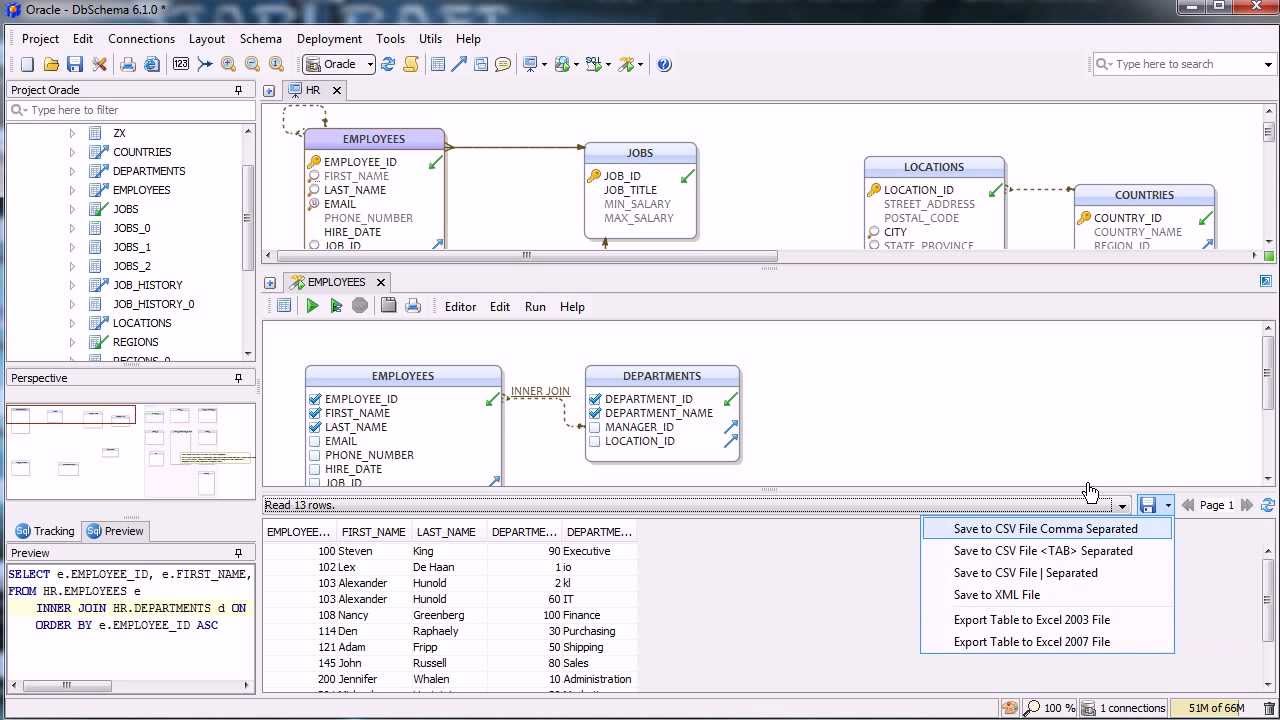

Ok, let’s dive in and get DbSchema installed and connected to a YugabyteDB cluster! Step 1: Install a Local YugabyteDB Clusterīefore we get into DbSchema, you’ll need to setup YugabyteDB and install a sample database. This enables you to open and modify the schema offline, then synchronize it when you connect to the database.ĭbschema offers a 15 day free trial, so you try all the features before deciding if you’d like to sign on for a commercial license, which is very reasonably priced.
#Dbschema key how to#
In this post we’ll show you how to get DbSchema connected to a YugabyteDB cluster so you can start reverse-engineering schemas, edit ER diagrams, browse data, visually build queries and even sync schemas. Yugabyte’s SQL API (YSQL) is PostgreSQL wire compatible. What’s YugabyteDB? It is an open source, high-performance distributed SQL database built on a scalable and fault-tolerant design inspired by Google Spanner.

Because YugabyteDB is PostgreSQL compatible, getting DBSchema to work with a distributed SQL database is relatively simple. DbSchema is a well-rounded, visual database tool that supports over 40 databases from a single interface. If you’re a database developer, you know the time saving value of being able to visually design, document and query SQL and NoSQL databases from a single UI.


 0 kommentar(er)
0 kommentar(er)
